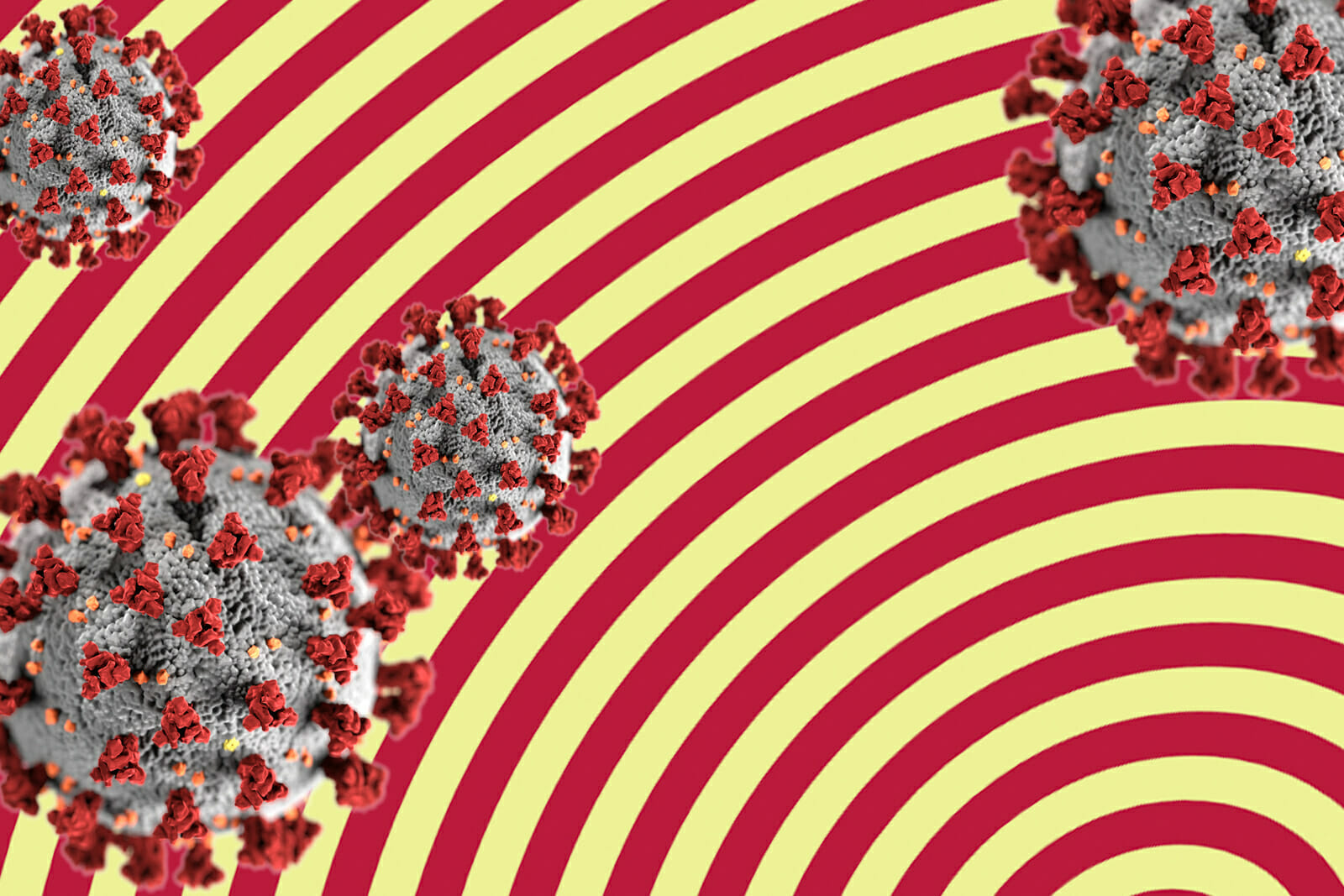
COVID-19 is Not a Bioweapon, But it Can be Abused as a Bioeconomic Weapon
COVID-19 is not a bioweapon, but until an effective vaccine is readily available, it can be abused as a “bioeconomic” weapon. Multiple conspiracy theories about the origins of COVID-19 are so far unsubstantiated and do not rest on scientific evidence. There is no scientific proof or reliable intelligence data, for example, that the COVID-19 virus was developed in a bioengineering lab and then was released either accidentally or intentionally. The lack of evidence for these conspiracy theories is detailed in a Snopes article by Alex Kasprak.
COVID-19, however, can emerge as a bioeconomic weapon, by which I mean a biological agent or pathogen that can cause severe damage to a country’s economy. This is a broader definition than the notion of “bioeconomic warfare” that was introduced by Dr. Edgar J. DaSilva in 1999. He defined a bioeconomic weapon as a biological agent that can cause damage to the agricultural sector of a country. I define a bioeconomic weapon as a deadly and highly contagious biological agent that, once detected in a country, will force the government to impose severe economic restrictions in order to prevent its spread. As a result, the economy will suffer.
There are two important reasons why COVID-19 might pose a threat as a bioeconomic weapon in the short run. First, everyone is now aware of its devastating economic effects. In the past two months, we have witnessed an unprecedented economic contraction and stoppage of business activity all around the world. All countries are imposing social distancing at a heavy economic cost to reduce the spread of COVID-19.
As some countries make progress in this effort, they will gradually ease stay-at-home and social distancing restrictions, and allow some businesses to reopen. The end goal of this process is to lift all restrictions at some point when the risk of contamination has been substantially diminished. Nevertheless, after ending the lockdown and restarting their economies, these countries will still remain vulnerable to re-entry of the virus into their borders.
The risk of COVID-19’s reentry is best demonstrated by the discovery of new cases among people entering China in early April through the Suifenhe border crossing with Russia, which is the only open border-crossing for people that are trying to enter China. Overall, the ability of COVID-19 to inflict such a heavy toll on a country’s economy will not go unnoticed by governments and non-state entities that are involved in inter-state war or domestic conflict.
Second, since COVID-19 already exists, it will be easy and inexpensive for some governments or militant extremist groups to use it as a weapon against their adversaries. All that is required is to transport either an asymptomatic infected individual or an infected object (on which the virus can survive for several hours) into the population centers of a target society. Consequently, some will worry about how COVID-19 can be used by an adversary not as a bioweapon that can kill millions of people but as a bioeconomic weapon, which can lead to economic restrictions similar to what many countries are experiencing now.
No region of the world will remain more vulnerable to the potential weaponization of COVID-19 than the Middle East, which has suffered from more wars and conflicts than any other region since World War II. The ongoing Arab-Israeli conflict leads to the occasional eruption of violence between Israel and Hamas. Israel is also openly targeting Iranian and Hezbollah forces in Syria. At the same time, Iran and Saudi Arabia are involved in an intense proxy war in Yemen, Lebanon, and Iraq. The ongoing tensions between the United States and Iran have also resulted in violent exchanges in Syria and Iraq.
Social media posts in various Middle Eastern countries indicate an awareness of the potential for deliberate abuse of the coronavirus. Some politicians and activists are even blaming regional rivals for the coronavirus, which has already spread to all Middle Eastern countries and forced various types of economic restrictions. The Saudi journalist Nura Almuteari, for example, accused Qatar of deliberately spreading the virus in Saudi Arabia. A Saudi national security expert and supporter of the Saudi King, Zayed al-Amri, blamed Turkey and Iran for deliberately spreading the virus in the Arab World. In Iran, the speculation about the weaponization of the coronavirus went beyond social media activists, as it was expressed by the country’s leader, Ayatollah Ali Khamenei. In such an environment in which mutual mistrust among rivals is rampant, some countries or non-state groups might try to perpetuate the suffering of their adversaries by prolonging their COVID-19 contamination.
